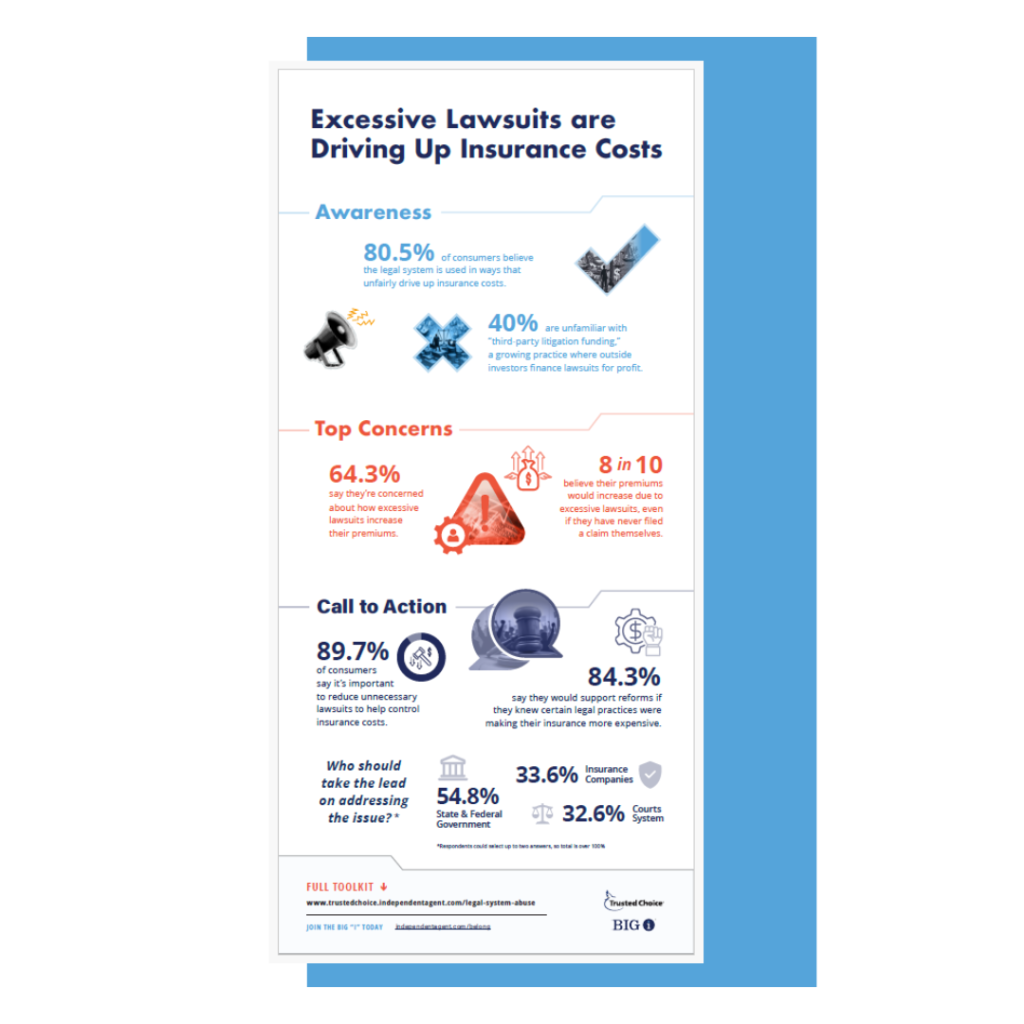E&O and the Hard Market
Errors and omissions are something we should all focus on all the time. However, in a hard market, E&O claims have a tendency to rise in both frequency and severity due to increased workloads, reduced coverages, and other factors. Below are some special considerations that merit increased attention in a hard market.
Author: Bill Wilson Errors and omissions are something we should all focus on all the time. However, in a hard market, E&O claims have a tendency to rise in both frequency and severity due to increased workloads, reduced coverages, and other factors. Below are some special considerations that merit increased attention in a hard market. The Basics While our focus is often on retaining our book of business in a hard market, it’s just as important to focus on retaining book profitability. While, in theory, we don’t want to lose a single account, let’s face it…there are some accounts we’re better off leaving to our competitors. It’s critical that we underwrite and price our business appropriately. The hard market offers an opportunity to weed out undesirable business (and blame it on pricing). We still, however, have to loss control the remaining business. Our state association E&O Loss Control (and other) seminars provide a good starting point. In a hard market, sometimes producers and others do crazy things to keep an account. Therefore, it is necessary to focus on areas that could be expected to increase the frequency and/or severity of E&O claims or suits during the hard market. Below are some of the issues you might want to address in your shop or bring up at an E&O seminar. E&O Loss Control Issue: Coverage reductions required by carriers. Often, to keep a premium at competitive levels or (more likely) limit exposures to loss, an insurer may suggest coverage or limits reductions. Agents should also be wary of new exclusions being added for terrorism, mold, etc. It is critical that the insured be advised of these coverage reductions prior to renewal. The same is true if the carrier will only renew at lower limits and/or increased deductible amounts. Recently, an agent quoted a $90,000 premium for a $5 million commercial umbrella policy…the expiring umbrella’s limit was $25 million at a premium of $69,000…80% less coverage for 50% more premium. Coverage changes requested by insureds. Agents should be wary of requests to eliminate or reduce coverages like uninsured motorists, umbrellas, etc. The agent cited above had an insured who recently dropped his products liability coverage because he said he just couldn’t afford it. Agents will need to work with insureds to find a way to keep critical coverages in place and/or explore alternative risk management techniques. For more information, check out the VU article “Selling in a Hard Market.” Most important, where coverage is reduced, particularly by insured request, the agent MUST DOCUMENT and have the insured sign. Carrier changes. If it is necessary to move an account to a new insurer, agents must watch for coverage reductions, particularly when moving from one proprietary company package to another. Likewise, since these moves are often done at the last minute, it’s important to make sure that nothing slips through the cracks…such accounts should be reviewed by more than one person for errors or omissions. E&O Loss Control Issue: During 2000, the E&S marketplace grew at a rate twice that of the standard market, with the frequency of use anticipated to have continued in 2001. Expect that rate to grow significantly during the hard market. A GREAT deal of attention should be devoted to E&S, residual, and nontraditional markets during upcoming E&O seminars. Agents should follow applicable laws when using E&S markets. In some states, agents must demonstrate a diligent search for admitted markets before using an E&S carrier. Although not admitted, the E&S carrier might have to otherwise be “approved” by the DOI. Some risks may not be placed in an E&S market. Likewise, the insured MUST be advised that the carrier is not highly regulated (if at all), there is (in all states except NJ) no guaranty fund protection, and the account may not be subject to statutory protections such as cancellation notice. It is absolutely essential that any E&S insured — without exception — be required to sign an E&S waiver or similar hold harmless agreement. When using residual markets (auto, workers comp, F.A.I.R. Plan, etc.), agents must follow all plan procedures, particularly the lack of binding authority. They should communicate any issues to their insureds. Agents should monitor the financial stability of their carriers. Given market conditions and the aftershock of September 11, this is critical. For more information, check out the two-part article “What You Can Do About Insurer Insolvency“ in our Research Library. Agents should be particularly wary of certificates of authority. Businesses may be asking for assurance that policies cover things like terrorism and mold…and you may not be able to give them that assurance. In addition, given the potential difficulty in securing replacement coverage, the certificate holder may insist upon lengthy advance notice of cancellation. Agents should not imply that coverages exist where they do not and should use unmodified ACORD forms. No certificate should be modified without the express consent of the insuring carrier. E&O Loss Control Issue The hard market will increase workloads. More comparative quoting may be necessary, producers may have to make multiple proposals and work accounts more vigorously to keep them, and CSRs will be facing increased transactions and negotiations with underwriters. Any time work increases with no change in time or personnel available, there are geometrically more opportunities for errors and omissions. Sound personal management skills are critical and training may be necessary. Management will have to take a more active role. An agency procedures manual will be more important than ever and there may be a need to introduce or focus on “hard market” related procedures. In an effort to lower premiums and obtain or retain accounts, there may be an inclination to use a lower rated code that does not accurately reflect the true exposure of a risk. In most states, this is a violation of insurance laws and the agent/agency could lose their license. In addition, it is almost certainly a violation of the agency/company agreement. Such shenanigans should be prohibited by management. In fact, this approach can backfire when the soft market returns, particularly in the area of experience rating. E&O Loss Control Issue Communications. Adequate and accurate communications among staff members and with carriers and clients is even more important in a volatile market. Documentation. When there are coverage reductions, lower limits, higher deductibles, etc., expect E&O claims and suits to increase. Proper documentation is the key to a successful E&O defense and even more important under the conditions present in a hard market. Consistency. Agents should follow the Invariable Practice Rule: “One way, all the time, by everyone.” _______________________________________________________________________________________________ Copyright © 2023, Big “I” Virtual University. All rights reserved. No part of this material may be used or reproduced in any manner without the prior written permission from Big “I” Virtual University. For further information, contact jamie.behymer@iiaba.net. |









